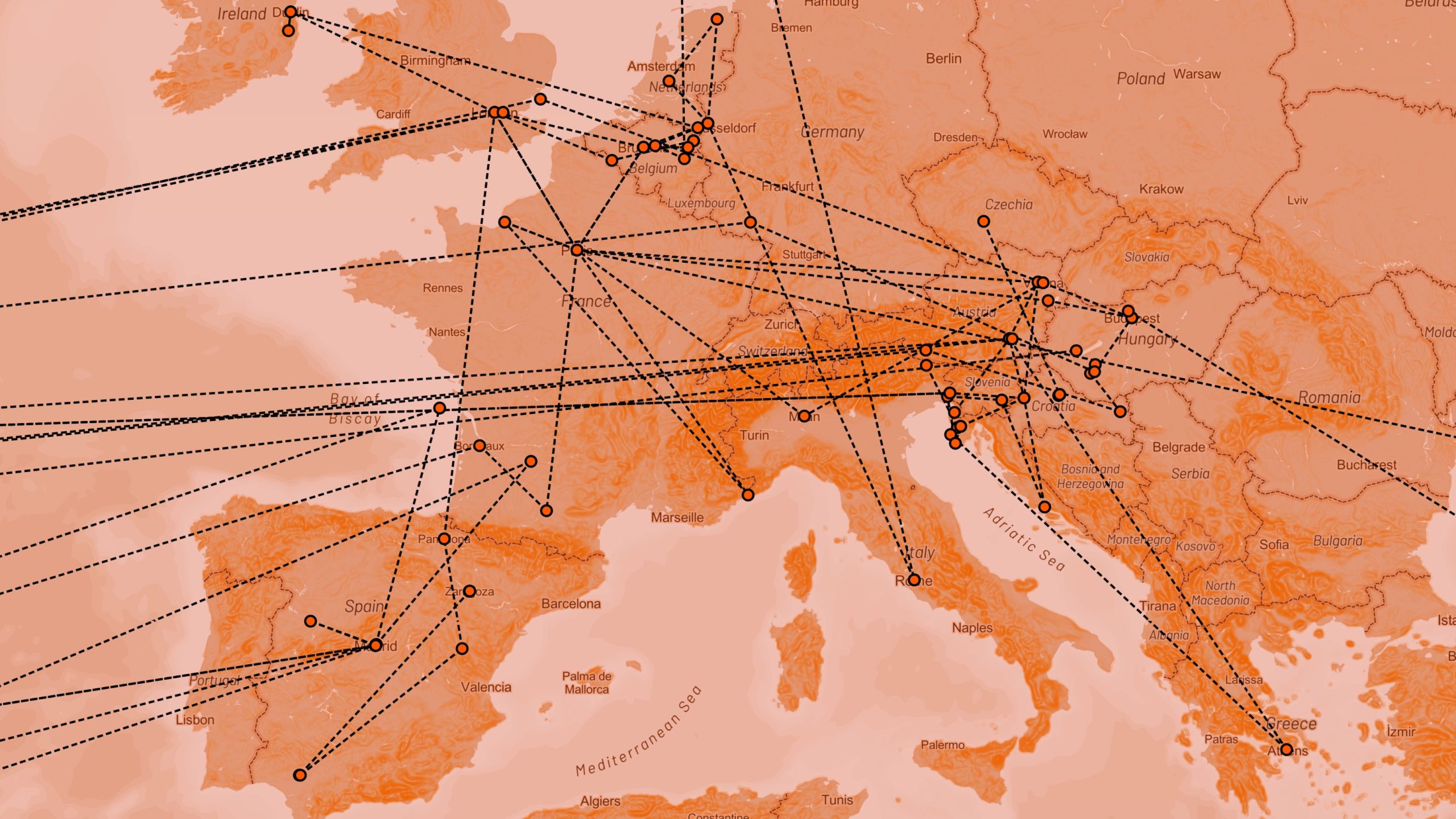We are thrilled to announce the launch of the “Archives and Trace of Migration” (AtoM) project’s virtual exhibition, a captivating journey through the migrations of people and the archival and documentary treasures that trace these movements. Dive into the lives of both famous historical figures and unsung heroes, whose stories are preserved in the archives, capturing not only tangible evidence but also rich cultural heritage and personal memories.
This exhibition stands out through its immersive, community-driven approach. By showcasing these narratives as life stories, presented on an interactive map with cutting-edge visualization techniques, it offers a unique and innovative way to explore migration. These stories, narrated by the individuals themselves or their descendants, make them both the subjects and agents of their own histories, preserved in public and private archives.
What sets this exhibition apart is its dynamic format on social media. Experience the narrative unfold through engaging posts on Instagram, Twitter, and Facebook, each linked to an interactive map that enhances your exploration of migration with innovative content visualization.
This exhibition is a highlight of the Creative Europe-Cultural Programme 2022, proudly co-funded to celebrate our shared history.
Join us this exciting journey and follow the exhibition on these social media platforms:
- Instagram: @atom.exhibition
- Twitter: @AToMexhibition
- Facebook: “AToM Archives and Traces of Migration”
Background Information AtoM
The “Archives and Traces of Migration” project is composed of 5 partners (ICARUS HR, the National Archives of Hungary, The Spanish State Archives, the Archive De Domijnen and The Limburg Heritage Cooperative) – that are also members of the Time Machine Organisation community – and seeks to explore issues of appraisal, preservation, description and access of archival and documentary heritage material that documents emigration, expatriation, immigration, and diaspora communities. Archival inclusiveness in highlighting migration heritage from past and documenting and preserving present migration heritage is in the core of this project proposal. Very often state boundaries are not real boundaries of archival, museum and library material, because as people move, migrate, their records and records about them migrate too – through various countries and institutions. The activities within this project are designed in a way to accentuate these facts and position of archives as places of communication among communities, cultures, and time periods. Archives and traces of migration raise distinctive issues for archival and other cultural heritage professionals, many of whom have mandates that focus on one state or jurisdiction or on only certain types of documentary materials. Those issues are manifold and manifested in: various forms and formats in which material might exist; dispersion, fragmentation and transnationality of both materials and communities; incompletely understood diasporic community needs, identity and affect; motivations and priorities of “home” and “settlement” countries and their cultural institutions; and how to address existing documentary gaps and silences. The project started in September 2022 and will be wrapped up in 2025 with the international conference.
